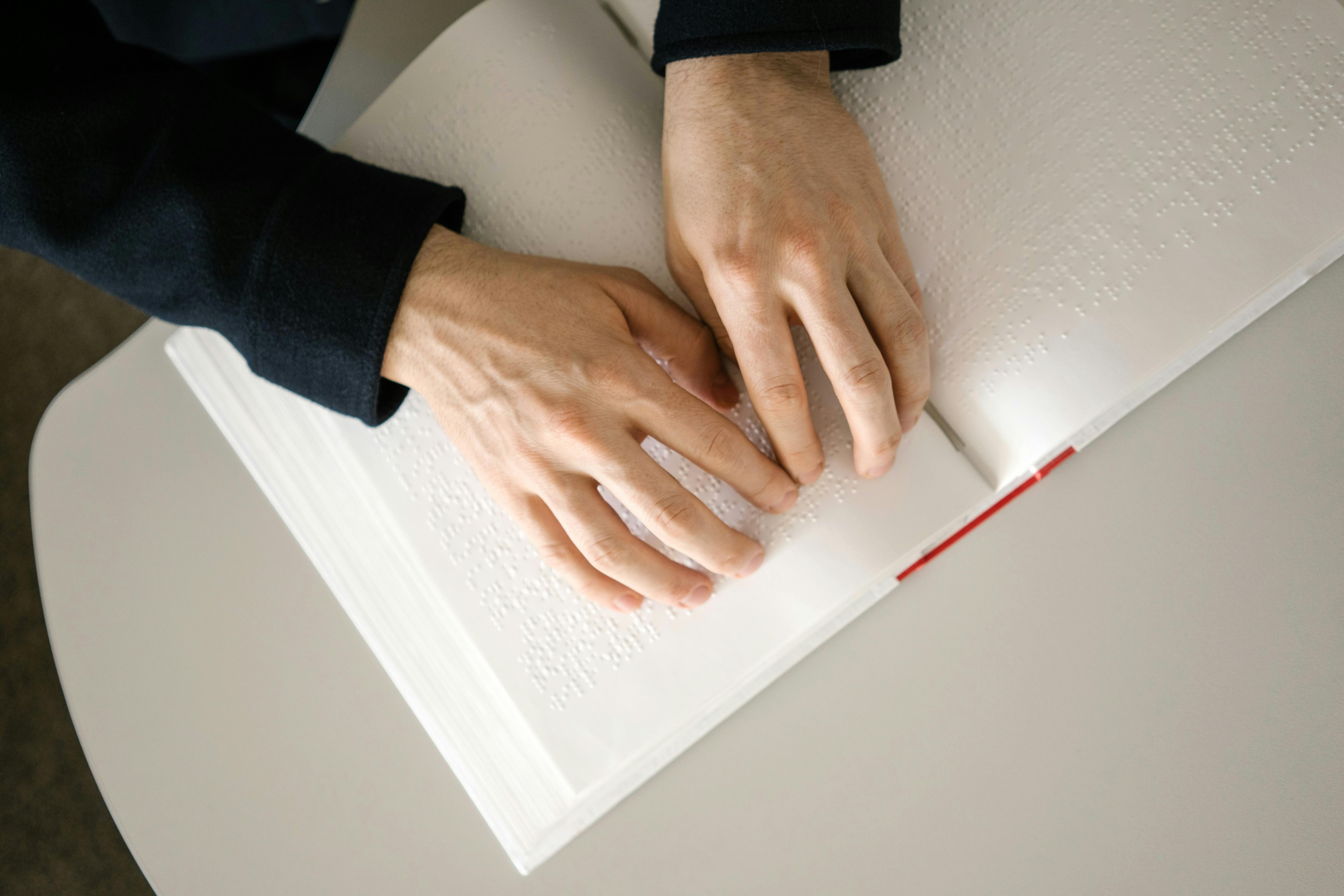
Caring for your pet parrot
Cleanliness
Parrots are very different from dogs and cats as pets. Unlike cats and dogs, parrots don’t need blow-drying or spa treatments. A parrot’s grooming should keep the nails, wings and beak trimmed in perfect condition. But this is not an easy thing to do. The owner of a pet parrot should be trained by a professional avian veterinarian to ensure that he knows what he is doing. Otherwise, he never tries to groom your parrot because it could cause serious injury.
BEAK
Watch out for certain types of conditions, such as a top or bottom peak growing to the side. This can be a birth defect or an injury from an accident. Cleaning and caring for the fault can be difficult in such conditions. Some diseases can also cause problems with your parrot’s beak growth, such as mite or fungal infections.
NAILS
The first thing to know when cutting your parrot’s toenails is to identify the desired length that the nails should be trimmed. For this procedure, you will need an effective bird support or secure holding method, a cutting device, and styptic powder. Never try to cut your nails if you are not sure and you are not properly trained to do so. In case it is, you will only get used to the correct length as time goes by. The cutting device must be appropriate for the size of your parrot. For smaller ones, human clippers will do, but for larger ones, a pet clipper or guillotine-style clipper is most appropriate. If it causes your parrot’s nail to bleed in any case, be ready with the styptic powder, but be careful because it is very painful when applied to an open wound, so you need to restrict your parrot from movement effectively.
It is important to cut the nails because this can cause injury to your parrot. Long toenails can get caught in rugs, rugs, toys, and cages and can be the cause of a broken toe.
AT
Properly trimmed parrot wings can prevent serious injury to your pet parrot. In an attempt to fly during play sessions, parrots can avoid falling hard to the ground with properly clipped wings. Not only that, they also won’t be prone to serious wing, leg and head injuries from crashing into doors, mirrors, windows and ceiling fans.
It is true that full-winged parrots are very pleasing to the eye and add to the beauty of the parrot, but keep in mind that your parrot is a pet and does not stay in the wild where it can show off its wings while foraging for food. , flying. to safety, protecting their youth and shelter or finding company. You don’t want your parrot to wander off and fly away like you! So make sure you clip your parrot’s wings and trim it properly. Never try to clip the wings for the purpose of flair and wild appearance as this could cause your parrot to fall hard to the ground and spin in the air. Aim for wings that help your bird fly smoothly to the ground.
feeding your parrot
Just like grooming, perhaps the only important thing to keep in mind is that your parrot is a pet and you don’t compare or imitate the parrot’s lifestyle in the wild because the environment is totally different.
When feeding the parrot, you have to do a total conversion of the parrot’s diet. Don’t be swayed by books or pet store owners who say that seeds are the best diet your parrot could have.
Parrots, like humans, need to have a well-balanced diet. The seeds are excellent for wild parrots because they are high in fat and protein. But the activities of wild parrots are not similar to those of domestic parrots. Wild parrots get a lot of exercise, they fly here and there to find food and find shelter. They need all the weight, energy, and fat they can get to do these activities. Pet parrots simply stay home and only exercise during very limited play sessions.
The acceptable diet for homebound parrot pets is 70-80 percent “pellet” diet with the remaining 20-30 percent diet composition of fruits and vegetables. It will also help if you go and ask your avian vet to make a list of foods your parrot should avoid. Some examples are raw onions, guacamole, chocolate or any dairy product, avocado, and rhubarb.
cages and accessories
Parrots need a large cage so that they can have enough space to fully swing their wings and hang and hang as much as they like. The best cages are those that are made of stainless steel, with no peeling paint or rust that your bird can feed on. Plus, they’re great for cleanup considerations. They can be easily cleaned with a bleach solution and rinse.
Stainless steel feeders are also ideal. The perch should be one size thicker so your bird can avoid toenail injuries and not feed on it.
parrot safety
Having a parrot at home means that you have to make your home much safer for your bird companion. The toxic fumes released by appliances with non-stick surfaces are deadly to your pet parrot. So use them with caution or don’t use them at all. Other hazardous household items that can cause serious harm to your parrots are scented candles, incense, cigarette smoke, cooking smoke, aerosol sprays, fumes from carpet sprays and dusts, metals made from lead and zinc, toxic plants, electrical cords, food hot and boiling and other pets
Make sure you have all the necessary information from your avian vet before keeping a pet parrot. Ask him for a list of things to remember and avoid while having a pet bird. It may not be easy, but you will master it later.